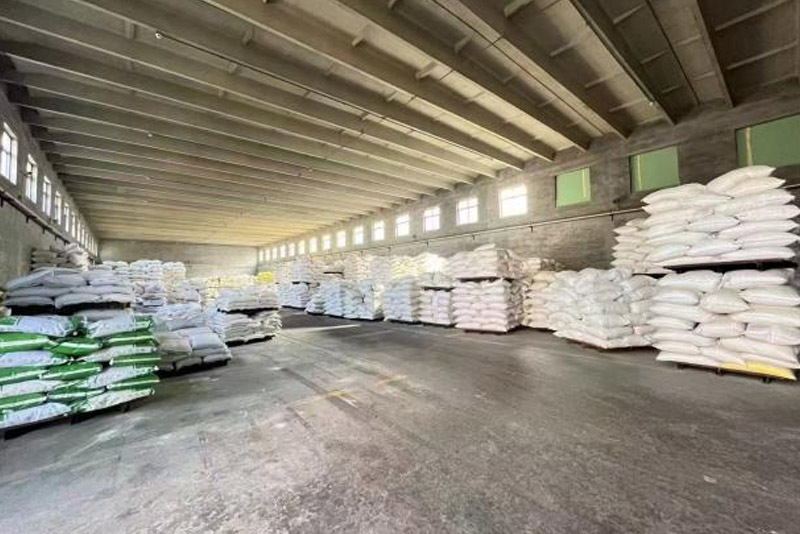Innovative Advances in Construction Materials: The Rise of Polycarboxylate Superplasticizers
Jan 14,2025

In the realm of modern construction, the quest for materials that enhance durability, efficiency, and sustainability has never been more pressing. Among the innovative solutions emerging in this field, polycarboxylate superplasticizers have taken center stage, significantly transforming the way concrete is mixed, placed, and cured.
Polycarboxylate superplasticizers are a class of high-performance water-reducing agents that have gained popularity for their remarkable ability to improve the workability of concrete while reducing water content. This breakthrough in construction chemistry has not only enabled the production of high-strength concrete but has also paved the way for a more sustainable approach to building practices.
Industry experts highlight that polycarboxylate superplasticizers are synthesized through a polymerization process that results in a complex molecular structure, characterized by a long main chain and multiple functional side groups. This unique design allows the superplasticizers to effectively disperse cement particles in a mixture, enhancing fluidity and workability without compromising the strength of the final product. As a result, construction projects can achieve superior performance, with concrete that meets stringent standards while utilizing less water—a crucial factor in regions facing water scarcity.
The versatility of polycarboxylate superplasticizers is another reason for their widespread adoption. They can be tailored to suit various applications, from precast concrete elements to ready-mixed concrete and even high-performance concrete used in infrastructure projects. This adaptability makes them an essential component in meeting the diverse needs of the construction industry.
Moreover, the environmental benefits of using polycarboxylate superplasticizers are significant. By reducing water requirements in concrete mixes, these agents contribute to lower carbon emissions associated with the cement production process. Additionally, the enhanced durability of concrete containing polycarboxylate superplasticizers translates to longer-lasting structures, further minimizing the environmental impact of construction activities over time.
Recent studies underscore the positive implications of polycarboxylate superplasticizers on the construction industry. A report released by the International Concrete Association indicates that projects utilizing these superplasticizers have seen a marked decrease in the amount of raw materials required, leading to cost savings and waste reduction. Furthermore, the ability to produce high-performance concrete with less water aligns with global sustainability goals, reinforcing the commitment of the construction sector to environmental stewardship.
As the demand for sustainable construction practices grows, manufacturers are investing heavily in research and development to enhance the performance of polycarboxylate superplasticizers. Innovations in formulation and application techniques are expected to further expand the scope of these materials, making them even more effective and accessible for a wide range of construction applications.
In conclusion, polycarboxylate superplasticizers represent a significant advancement in construction technology, offering a pathway to create stronger, more durable, and environmentally friendly concrete. With the construction industry increasingly focused on sustainability and efficiency, these innovative additives are poised to play a crucial role in shaping the future of building materials. As we move forward, the integration of such advanced solutions will undoubtedly contribute to the development of resilient infrastructure and sustainable urban environments, benefitting generations to come.
NEXT:
Contact Us
Phone/WeChat
Address
No. 807, Shunping Street, Taocheng District, Hengshui City, Hebei Province, China






